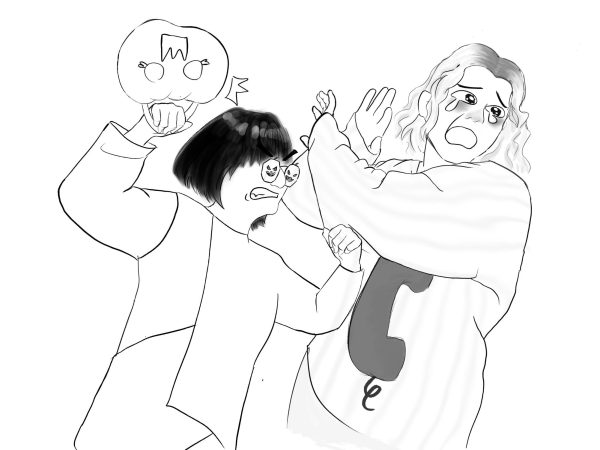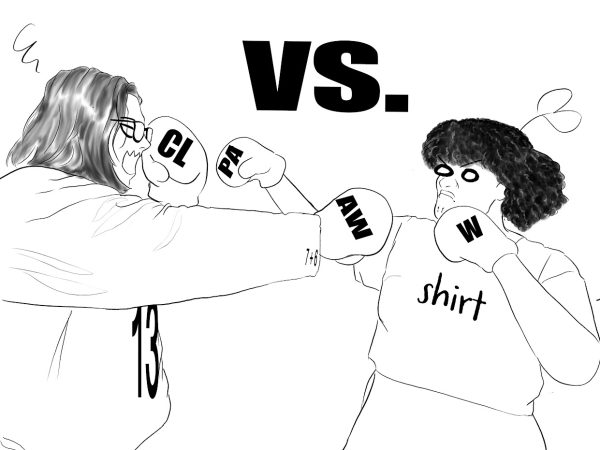Plus sized problem with clothing
February 6, 2018
According to Refinery29, a trending fashion blog, “As of 2012, it is estimated that 67% of American women are plus size- size 14 or larger.” Many companies have incorporated plus sizes into their lines. However, there are many major name brands that have not expanded their industry to include sizes such as those. It is essential that more options are openly available to people of all shapes and sizes.
Lululemon, a very popular athletic wear brand, only creates clothes up to a size 12. This size range excludes a major portion of the female population in America alone.
The problems persist. There are quite a few brands that are purposely excluding plus sized shoppers. According to BusinessInsider, in 2013, brands such as Abercrombie and Fitch were ridiculed for not offering the same XL and XXL sizes for women, they offered for men at that time.
Former CEO of Abercrombie and Fitch Mike Jeffries said in BusinessInsider there are popular and unpopular kids in every school.
Jefferies said, “Candidly, we go after the cool kids. We go after the attractive all-American kid with a great attitude and a lot of friends. A lot of people don’t belong [in our clothes], and they can’t belong. Are we exclusionary? Absolutely.”
These behaviors are the reasons to why the plus sized fashion community took so long to blossom. If more name brands associated with body positivity and confidence included size inclusive options, there would be much less room for controversy.
There have been a few advancements in the plus sized industry, but many stores claiming to be plus size inclusive still exclude a variety of sizes.
Torrid, a store branded for plus sized women while having a large horizon of choices, is till restricted to size 28.
America as a whole has expanded their options for plus sized individuals, however much more inclusion is needed before the industry can take a break.
There is also a thought that the price for the development of plus size clothing, is not worth the revenue.
Many companies if they do provide plus size options, typically implement a “fat-tax”, where the price is elevated for being a larger size.
Tony Posanski, writer for Huffington Post, conducted an experiment on plus sized options, and concluded, “It is a shaming technique. You are not normal, so you will not pay normal prices. They hide under ‘more material’ but do not make it consistent across the board.”
The plus sized industry in America has grown quite rapidly throughout the decades. Yet, the plus sized community still contains much prejudice it. Its important industries recognize they are excluding 67% of customers due to their preconceptions.







